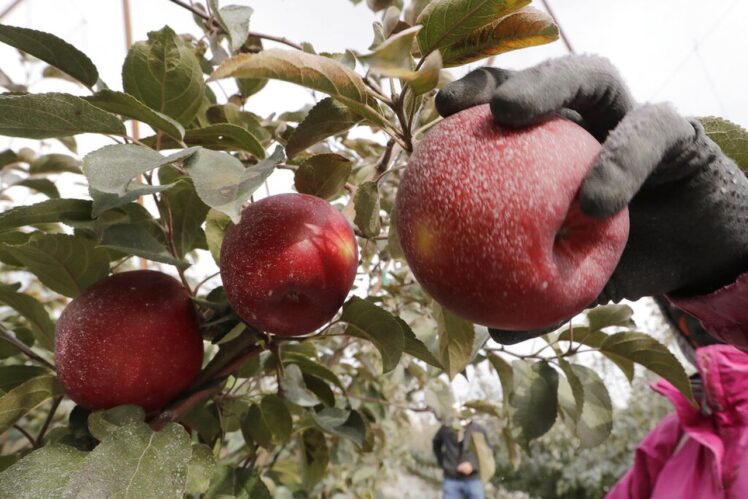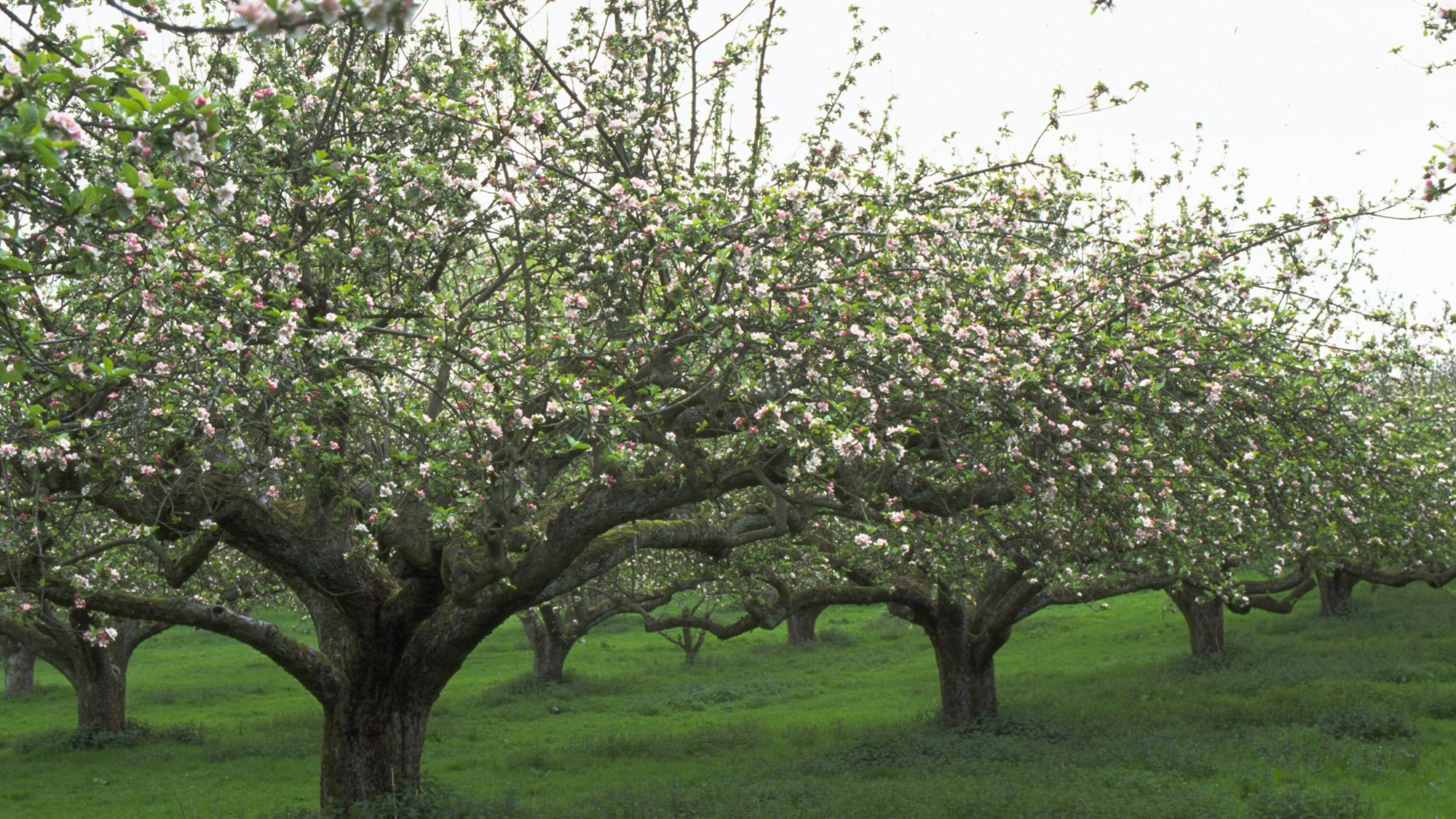The Do’s and Don’ts of Pruning Your Apple Trees: Timing Tips for a Bountiful Harvest (2024)

For many apple tree owners, pruning can be a daunting task. It requires careful timing and precision to maintain the health of your trees over time. While there are general guidelines for when to prune an apple tree, it is important to take into account the seasonal climates specific to where you live.
This article will provide tips on how to determine the best times for pruning so that your apple trees stay healthy and productive year-round. From understanding what type of climate your region experiences each season to recognizing the signs of decay in old branches – this guide has all you need to know about the proper timing for pruning your beloved fruit trees!
1. Understand Your Tree Pruning Needs

Source: gardeningknowhow.com
When it comes to pruning apple trees, timing is everything. Knowing when and how to effectively prune your trees can mean the difference between a healthy harvest and an unsuccessful one. Understanding your tree’s individual needs is key to ensuring you are properly caring for it.
To start, understanding the type of apple tree you have will help you determine its ideal pruning time and technique. Depending on what kind of tree you have, different methods may need to be employed throughout the year for it to reach its full potential come harvesting season. In general, summertime (June or July) is a great time to begin thinning out immature fruits as well as removing any dead or diseased branches that might inhibit growth later on down the line.
Once autumn has arrived (September or October), more detailed pruning should take place such as crossing branches being cut back so they don’t rub against each other and creating open spaces in dense areas of foliage which allows light into the center of the tree; this helps with air circulation too!
It’s also important during this period not over-prune otherwise weak new shoots could form instead of strong ones ready for winter weather conditions. In short, there are many strategies involved when considering proper pruning techniques for your apple trees but by investing some extra effort into understanding their individual needs now, your future self will be glad that you did!
2. Choose When to Prune Wisely
Pruning apple trees is an important part of tree care and maintenance. Choosing the best time for apple tree pruning will ensure healthier trees that produce abundant fruit come harvest season.
The best time for pruning apple trees depends on the climate, soil type, and variety of trees growing. In general, late winter or early spring are recommended times to perform pruning tasks such as removing dead branches, thinning out the canopy, and controlling size through heading back shoots.
Summertime can also be used for the selective removal of diseased branches or those that interfere with harvesting activities. Pruning during these seasons helps prepare plants for vigorous new growth in the upcoming season while minimizing stress from harsh weather conditions like extreme cold or heat.
As a responsible grower, it’s essential to understand when each tree needs attention to maximize its potential yield but also preserve its health over time.
3. Prepare the Right Tools and Supplies

Source: gardenersworld.com
When it comes to pruning your apple trees, having the right tools and supplies is essential. Start by gathering loppers or shears, a pruning saw or pole pruner for larger branches, and a pair of gloves to protect your hands. You may also need an extension ladder if you are going to be reaching higher up in the tree.
Once all of these items are gathered and ready, you can move on to the next step – timing when to start cutting!
4. Assess Your Trees Health
Assessing the health of your apple trees is essential for successful pruning. The most important factor to consider when assessing tree health is its overall appearance and structure.
Look out for any signs of disease, pest infestation, or damage such as fungal growths, yellowing leaves, or cracked bark. If any of these are present, take appropriate action before attempting to prune your apple trees to avoid further complications.
In addition to examining the external features of your trees, you should also assess their internal health by inspecting their root system and measuring sap flow using a special tool called an electronic refractometer. Finally, make sure that you check the soil quality around each tree before beginning any pruning activities; healthy soils will ensure healthier fruit production in the future!
Conclusion

Source: homesandgardens.com
In conclusion, the most important tip when it comes to pruning your apple trees is knowing the right time of year.
Pruning should be done during the winter months, ideally after all leaves have fallen off and before new buds begin to form in late spring. Doing so will ensure that your apple tree receives proper nutrients and sunlight for optimal growth throughout the season.
Additionally, make sure you’re using sharp tools that are free from disease-causing bacteria so as not to damage your tree or spread any diseases. With these tips in mind, pruning can be a breeze!





